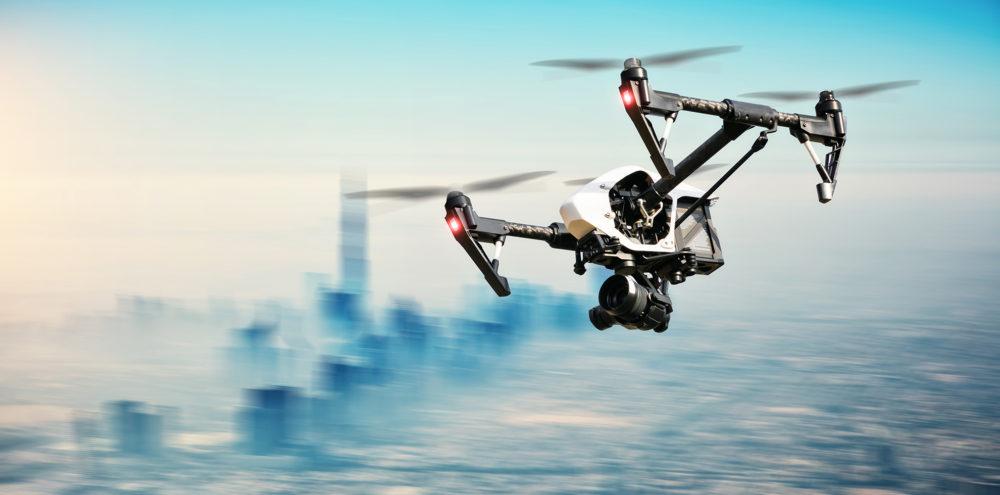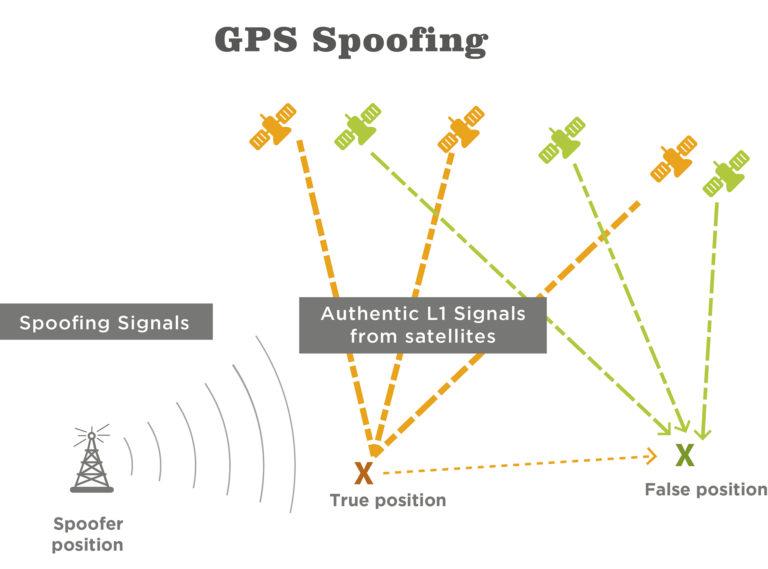
Low altitude aerial safety

Unmanned Aerial Vehicles (UAVs) Market Size
According to the FAA, there are 770,000 UAV’s registered in the US as of the beginning of 2017. Furthermore, more than 1.1M expected to be sold in 2017. But there are not many cases of intrusion into the White House or the Kremlin, in Moscow. If that seems strange to you, ask yourself what would you do if you were a celebrity, the director of a cutting-edge company, or the president of a nation in order to avoid the kinds of risks caused by small commercial UAVs?
Sirin Engagement
Sirin Software has done Internet of Things (IoT) development for some time. We’ve often been asked about building redundancies into our solutions. Since we were asked to develop a civil movement registration system, we also researched civil safety in general. Aerial safety is the most complicated aspect of civil safety. That’s why we think that aerial safety awareness is a good index of proficiency in the security field.
Reasons for Aerial Safety
As the UAV market grows and drones become more accessible, the number of trespassers will increase as well. Their existence creates a new field in civil defence. Potential threats that could result from UAVs include: terrorism, spying, smuggling, surveillance, property damage, vandalism and so forth. We consider, in particular, the threat of commercial spying.
Detection Methods
First and foremost in defending against UAVs is detecting and classifying them. Once a drone is detected it can be followed and destroyed if needed. There are several well-known methods to detect a flying vehicle:
Signal Reflection
Signal reflection is a well-known method of detection for any aerial vehicle. It is based on the effect of electromagnetic reflection on the surface of an object. The strength of the reflection depends on the object’s geometry and surface material, so it’s possible to produce radar-invisible flying machines.
Noise Registration
Like any other mechanical system, drones produce noise. Usually, this noise lays in an easily determinable part of the spectrum and can be recognized. For UAV detection, microphones with thorus beam patterns are used. It allows for the filtering out of ground-based sources of similar noise, such as lawn mowers. There is also ultrasonic range noise produced either by motor drivers during phase switching on brushless motor systems and contact sparking on brushed DC motors.
RF Signal Detection
Most of the commercial ready-to-fly drones have well-known control protocols that can be detected. In the simplest cases, it’s even possible to spoof the control signals and acquire control over the drone.
Visual Recognition
The development of visual recognition systems also allows for the detection of UAVs using only video surveillance systems. Despite the high level of computing power and generated algorithms available in these systems, there remain some fundamental obstacles in visual UAV detection. Firstly, size recognition is difficult because of an almost indefinite perspective/zooming range and UAV similarity to civil aircrafts from most observation points.
Defence Methods
However, it’s not enough to simply detect the UAV. In most cases, surveillance avoidance or intrusion prevention is required. Sometimes it’s better to destroy the drone. The simplest method is radio jamming. Radio jamming obstructs the drone driver’s control signals. At the same time, this method is the easiest to overcome by preprogramming a flight path.
A second effective way to confuse a drone is through GPS spoofing. As you may already know, GPS protocol is open and based on signals from the satellites of the Earth’s orbit. It’s possible to imitate several satellite signals to tangle the GPS receiver. In most cases, upon the loss of a GPS signal, the drone will hover or struggle around trying to reconnect. It will be unable to return back to the “Home” point or continue its flight. When the batteries drain, the drone will be destroyed. The main drawback of this approach is the ability to save the drone and continue its flight by visual orientation using first-person view telemetry.
The third and the most obvious way to defend is through the drone’s physical destruction. We suppose there is no need to enumerate all the potential methods mankind has developed over the years.
Conclusion
Nowadays, low altitude aerial safety has become an important division for civil defense. One should pay special attention to it, especially if one’s work pertains to sensitive data and/or objects which could be observed from the air. Civil facilities must accept that they are potentially equally at risk as military ones. There is a heightened risk of financial loss. Private property and national borders are also at higher risk.
Contact us for consultation if you’re looking for ways to secure your IoT devices.



